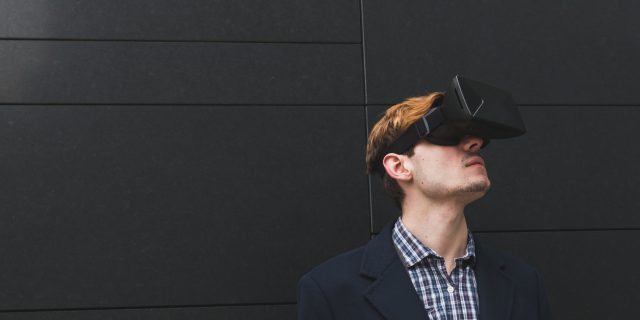20th March 2017
BlogSXSW is one of our favourite events of the year. The world renowned festival provides an opportunity to learn about the latest technologies and trends that will shape the way we see and interact with the world tomorrow. SXSW proves that the most unexpected discoveries happen when diverse topics and people come together.
This year, we sent Head of Strategy, Claire Knapp and Senior Planner, Sarah Price to the the event in Austin for the festival. Below they share their highlights.
SXSW is beginning to wrap up and the last part of the event is gaming. So today we asked ourselves a simple question: Can Sonic The Hedgehog be used to improve your health? We explored different ways gaming is being used to connect people and change behaviours and speculated on the impact this could have in health.
The Social, Sharing and Streaming Future of VR
A fundamental challenge with VR is that it can be quite isolating. The headset doesn’t just immerse you as the end user, but it also acts as a barrier between you and the outside world. Mixed reality seems to be one way to help maintain a connection with the outside world, but flip that around and what happens when you’re connecting with people inside the virtual world instead? When we look at virtual connections, an interesting concept is the use of hand controls to enable the users to demonstrate body language in that connection, propelling social connection into a much more realistic space.
For health, virtual connection holds potentially a very useful application. Some conditions, either physically or psychologically leave people feeling isolated and disconnected from the outside world. Opening up the opportunity of exploring virtual worlds, connecting with others with the same conditions could help drive a better sense of connection and community. Additionally, the ‘virtual’ nature of these worlds acts as platform for people who suffer from forms of social anxiety. Where autism may act as a barrier to social contact in the real world, could it be displaced in the virtual world?
However, a vital area that is still to be addressed is accessibility. Through Siri and smartphones particularly, the technology world has opened up huge potential for various different patients, particularly those with visual impairments. However, with VR, the experience is built on visual and audio, so the question remains as to how we can adapt VR to overcome all accessibility barriers.
Gaming expo
Tucked amongst Mortal Kombat and the latest in gaming consoles, was a company called Blue Goji, who specialised in the development of games to improve health. Between VR headsets and digital games linked to spin bikes, the company uses FunTech to encourage people to move and live better, healthier lifestyles. Since the advent of the Wii consoles and XBOX Kinect, the link between gaming and health has been much more direct. For decades, if not centuries, the idea of applying ‘gamification’ principles to change behaviours for the better have been in place, but as technology and especially gaming technology advances, it seems we could be entering a world where you end up working out, without even knowing it. There is a long way to go still but in our highly comprehensive (n = 2) trial of the technology, we concluded that this would help us continue to exercise.
Where this kind of technology becomes even more interesting, I believe, is in rehab situations. Every day and hour spent in hospital comes at an extraordinary cost, and so the question of whether gaming exercises could be used, not just to help people stay out of hospital, but to actually be discharged from hospital quicker, is an interesting one. This could be post-operation, post-accident or even long-term physiotherapy. With advancements in technology allowing you to track movements, and the very nature of gaming playing well to behavioural change and longevity/sustainability of engagement, there could be potential in this area.
Summary of SXSW
This concludes our blogs for SXSW, and what a week it has been. We’ve been fascinated in some way every single day and the thought of how machine learning, VR, gaming, audio and art could change the healthcare paradigm of tomorrow is an exciting one. For now, the challenge remains not in the development of technology, but in the sustainable application of it – considering cost, behaviour and accessibility. We look forward to getting back and putting some of our learnings into practice.
